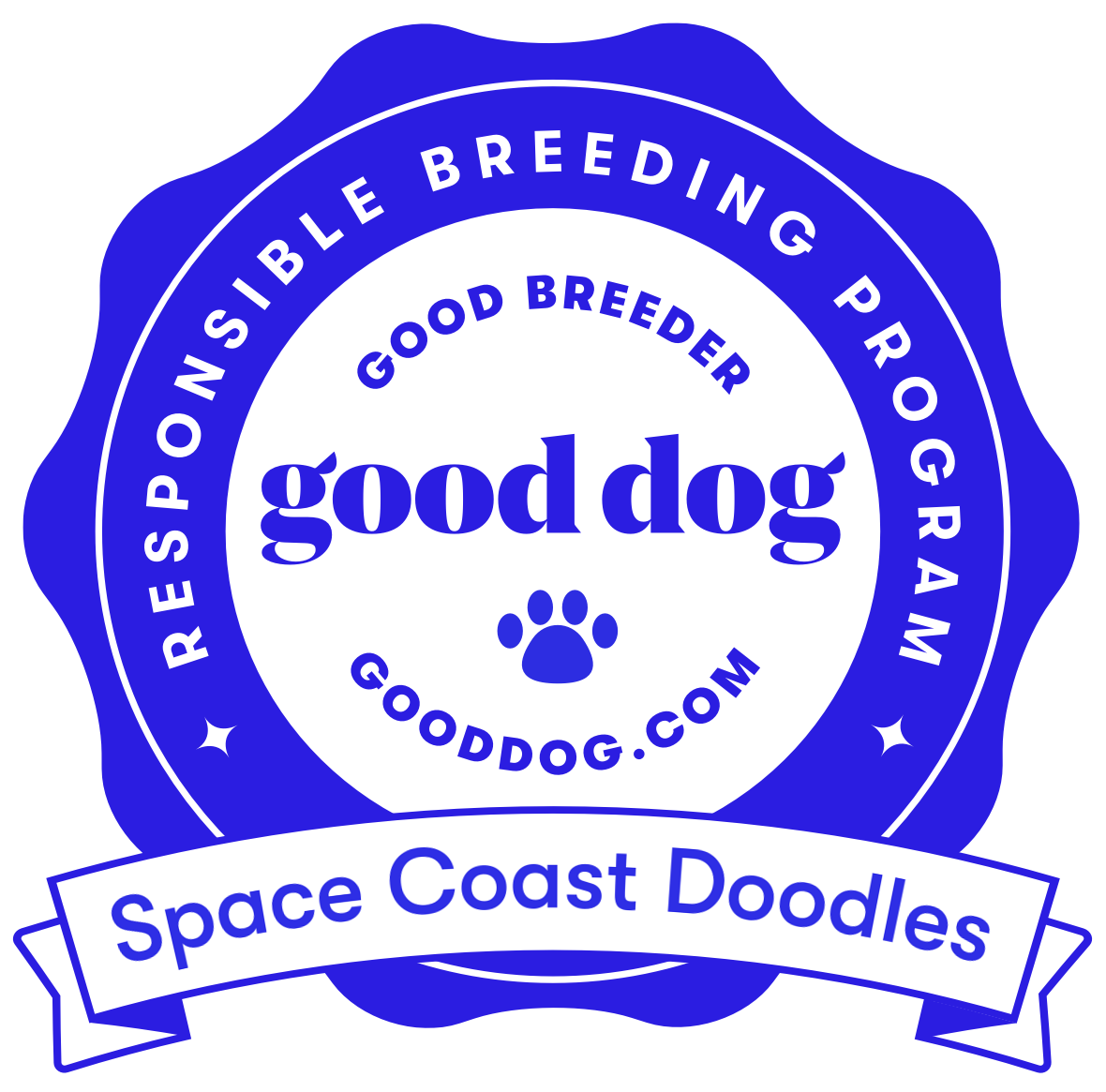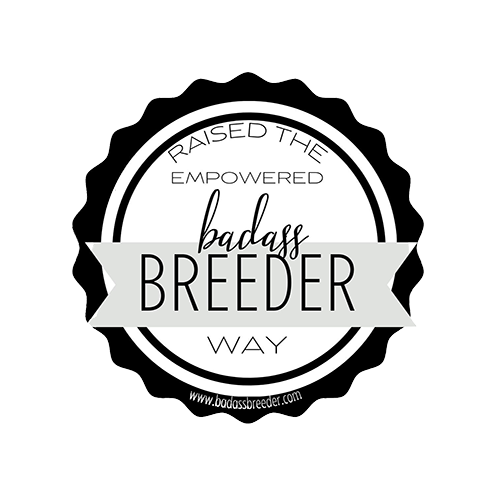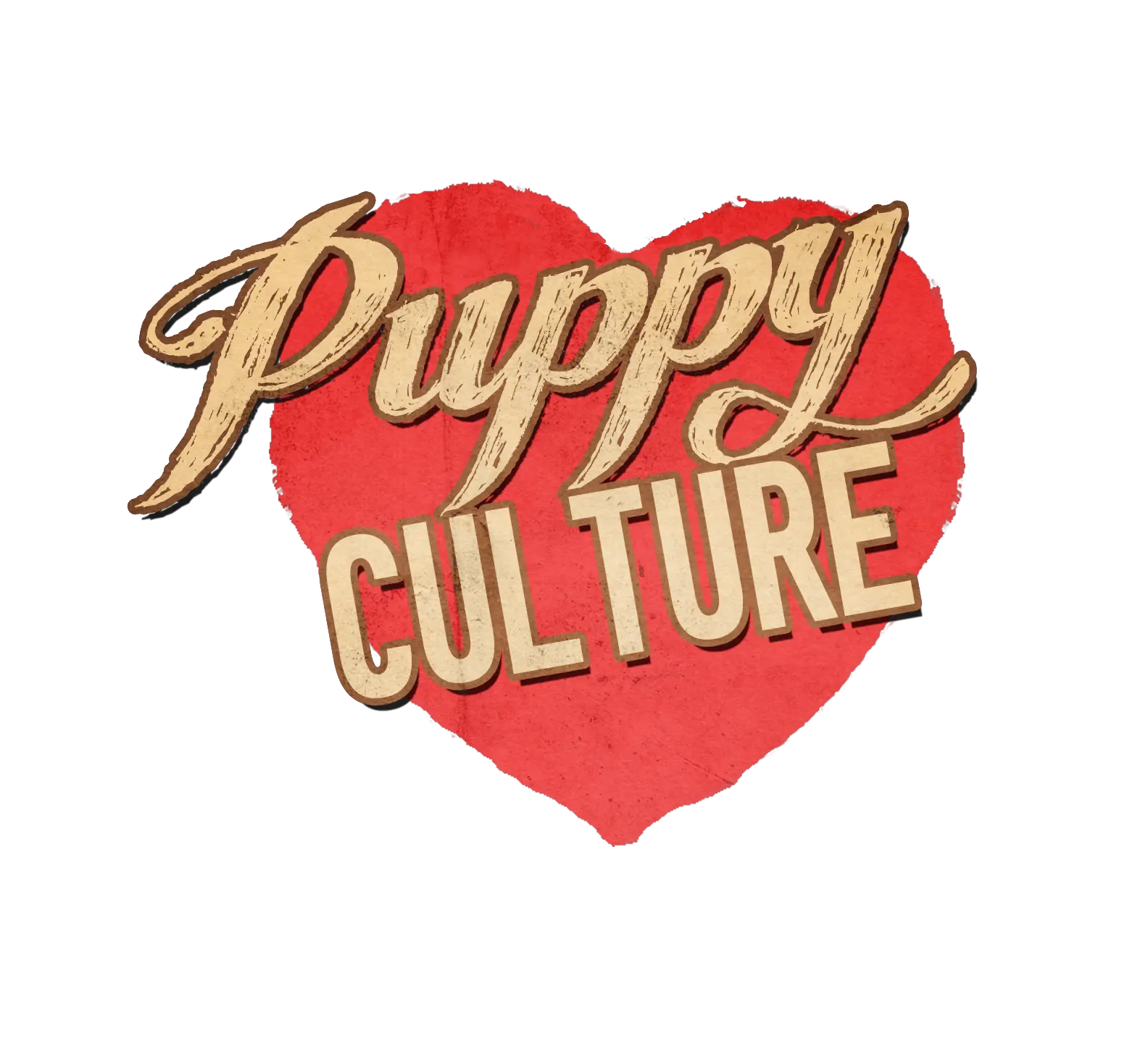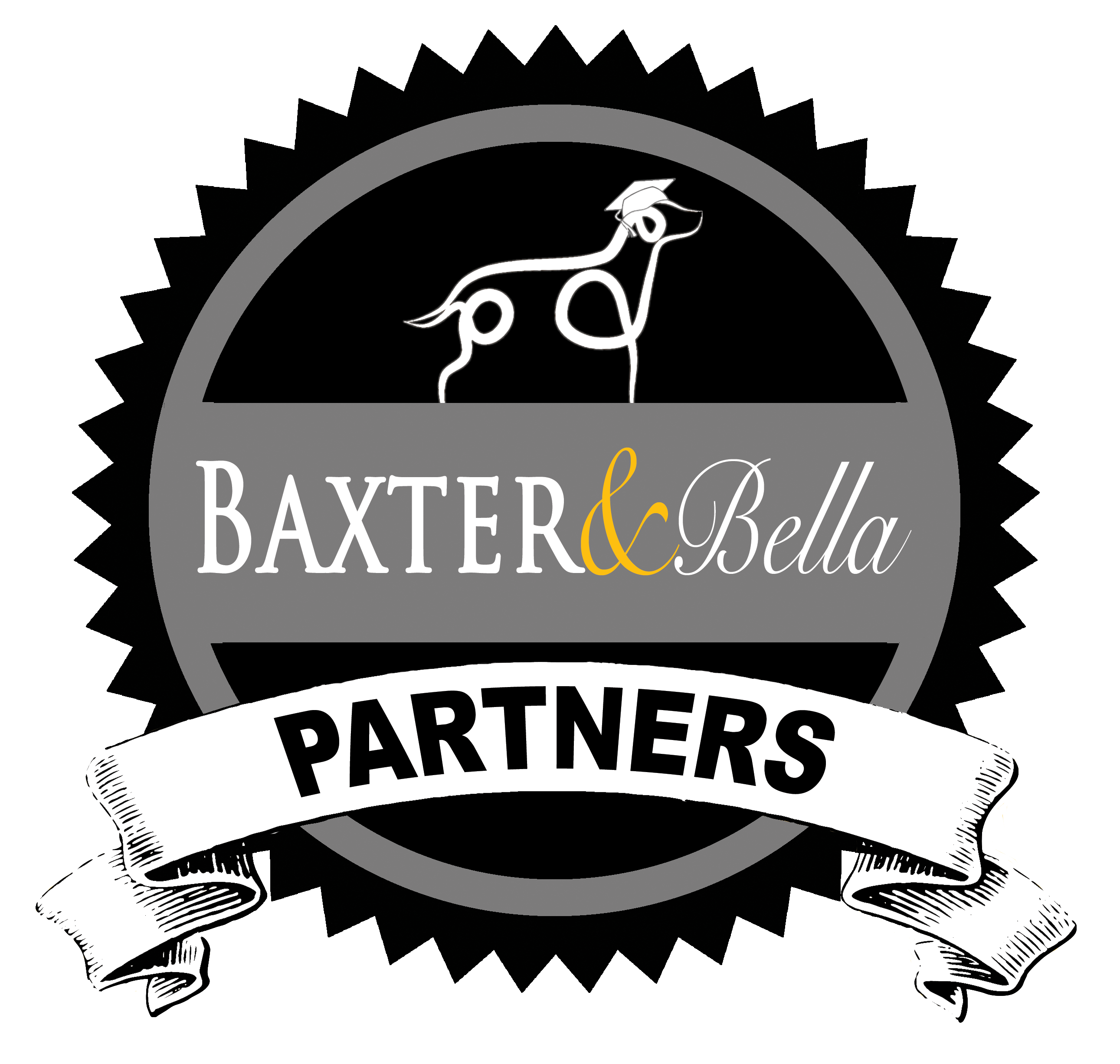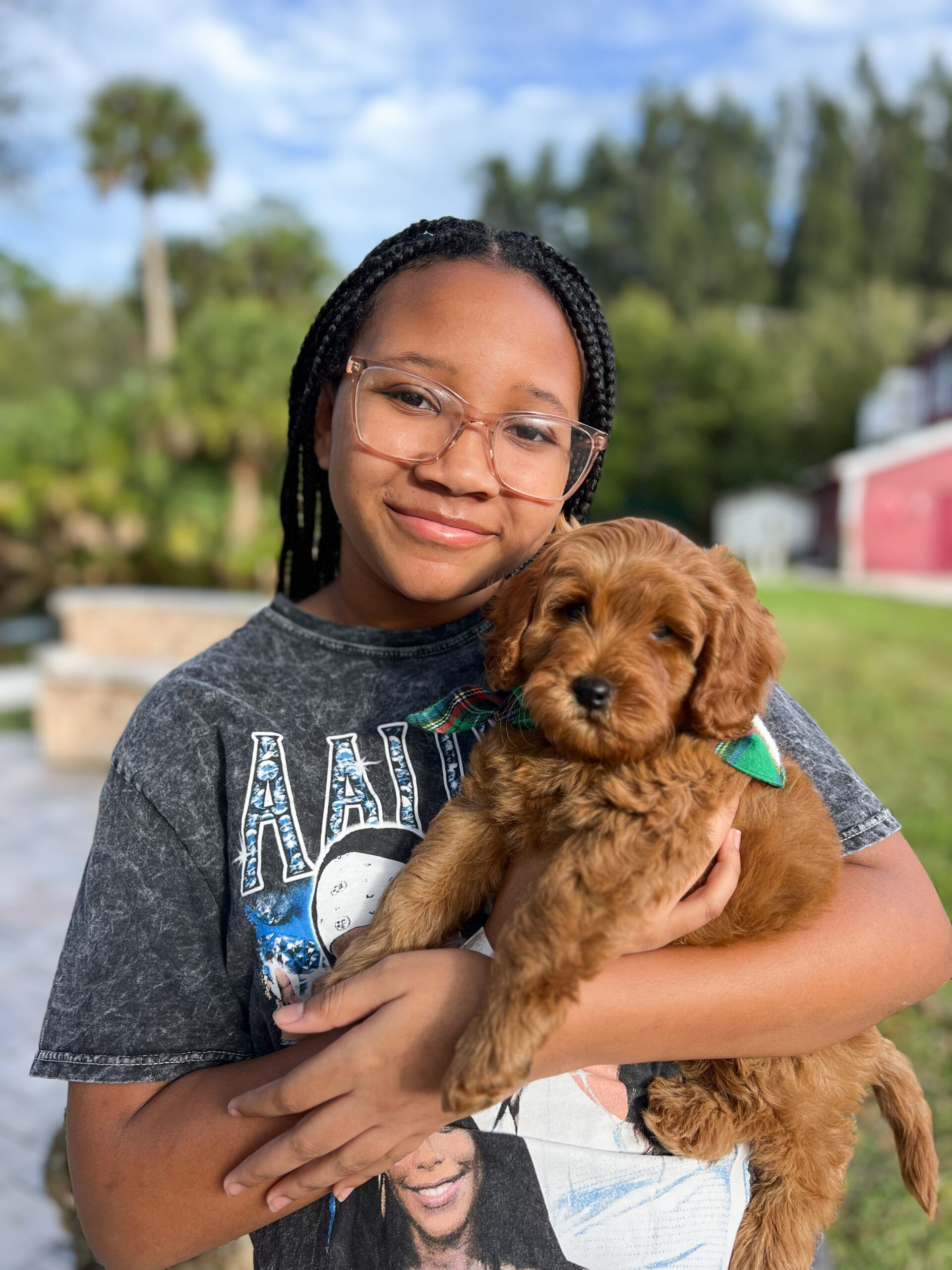ENS, ESI & Advanced Puppy Curriculum
The first 12 weeks of a puppy’s life is the most crucial period for shaping who that dog will become. Purposeful training during this time and make a lasting impact on their life.

Early Neurological Stimulation (ENS)
Early Neurological Stimulation, also known as Biosensor Training, is a series of simple but precise practices that you can do with a puppy in the first two weeks of life that have PROFOUND effects for the remainder of their life!
Originally developed by the U.S. Military for the “Super Dog” program, the results of the decades of research are now available to breeders worldwide. The program is simple, effect and not time consuming. On days 3-16 of the puppy’s life we take each puppy and carefully perform 5 excercises, once per day. These exercises include tactile stimulation, head held erect, head pointed down, supine position and thermal stimulation.
In simple terms, ENS is a series of short (several seconds) targeted actions to “wake-up” the neurological system of the puppy. Done daily, these neurological stimulation provide stimuli that is not naturally available during this time of their lives. The results are astounding!
Immediate and lifelong physiological results:
1. Improved cardio vascular performance (heart rate)
2. Stronger heart beats
3. Stronger adrenal glands
4. More tolerance to stress
5. Greater resistance to disease
In addition, long-term studies show that dogs who were raised with ENS show greater performance in problem-solving, exploratory skills, learning and performance potential. For our puppies that go on to become beloved family pets, this translates to a calmer, very trainable and resilient pup with superior health and temperament.

Early Scent Introduction (ESI)
Early scent introduction (ESI) is a training program for puppies designed to enhance their ability to identify, and react to, specific scents. Each day, the trainer introduces a strong scent to the puppy for brief intervals, and records the puppy’s reaction.
The reaction is considered to be positive when the puppy shows interest in the scent, moving toward it. A negative reaction is recorded when the puppy tries to get away from the scent. And finally, when a puppy is neither interested nor disinterested in the scent, this is a neutral reaction.
For practical purposes, these results mean the potential for even better companion, service, and therapy dogs. Scent abilities are often very important. Just as an example, when a dog is a companion to a child with autism, his main function is likely to be a guardian of sorts, since children with autism can have a tendency to wander or run off. If the dog is able to easily follow the child’s scent and locate him or her, that could actually be a life-saving asset. Service dogs can also use scent to identify the early stages of diabetic reaction, or the onset of a seizure. All these skills are enhanced by ESI. Of course, not all dogs are going to be service or therapy animals.
We perform the Early Scent Introduction on our puppies because we understand how important a dog’s sense of smell is to him and his brain function. Our dogs’ noses are 10,000 to 100,000 times more sensitive to smells than our human noses, depending on the dog and dog breed. So what does that mean to dogs? Dogs examine and understand the world through their noses like we see and make sense of the world with our eyes. The area in the brain that processes the data picked up by the nose is 40 times larger in dogs than humans. Simply put, a dog’s ability to smell is a function of their intellect.
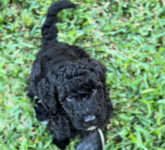
Advanced Puppy Curriculum
Puppy Culture are Badass Breeder are the gold standards in puppy rearing and early socialization and are integral components to our program. These scientific and research based programs designed specifically for the first crucial 12 weeks of life. They utilize positive training and exposure techniques to produce amazingly calm and confident puppies that grow into calm and confident members of your family.
How does it work?
By introducing various objects, locations and experiences in positive ways at predetermined ages, Puppy Culture/Badass Breeder protocols capitalize on the fact that puppies haven’t developed their sense of fear yet. Therefore experiences that may be scary at an older age are approached with curiosity and learning.
What does this meaning the real world?
Puppies who are not afraid of going to the groomer, vacuums, cars, thunder/storms, new people, or other dogs/cats. Puppies that go to their forever homes litter trained (and sometimes mostly housebroken), crate trained, already working on leash training, clicker training, attention Manding (asking politely), sit & come commands, no resource guarding, and other problem behavior prevention. Does this mean they go home perfect….of course not, but they are well on their way to becoming the well trained, happy, confident dogs we all want.

